Home>Gardening & Outdoor>Outdoor Recreation & Activities>How To Get Rid Of Phosphates In A Swimming Pool
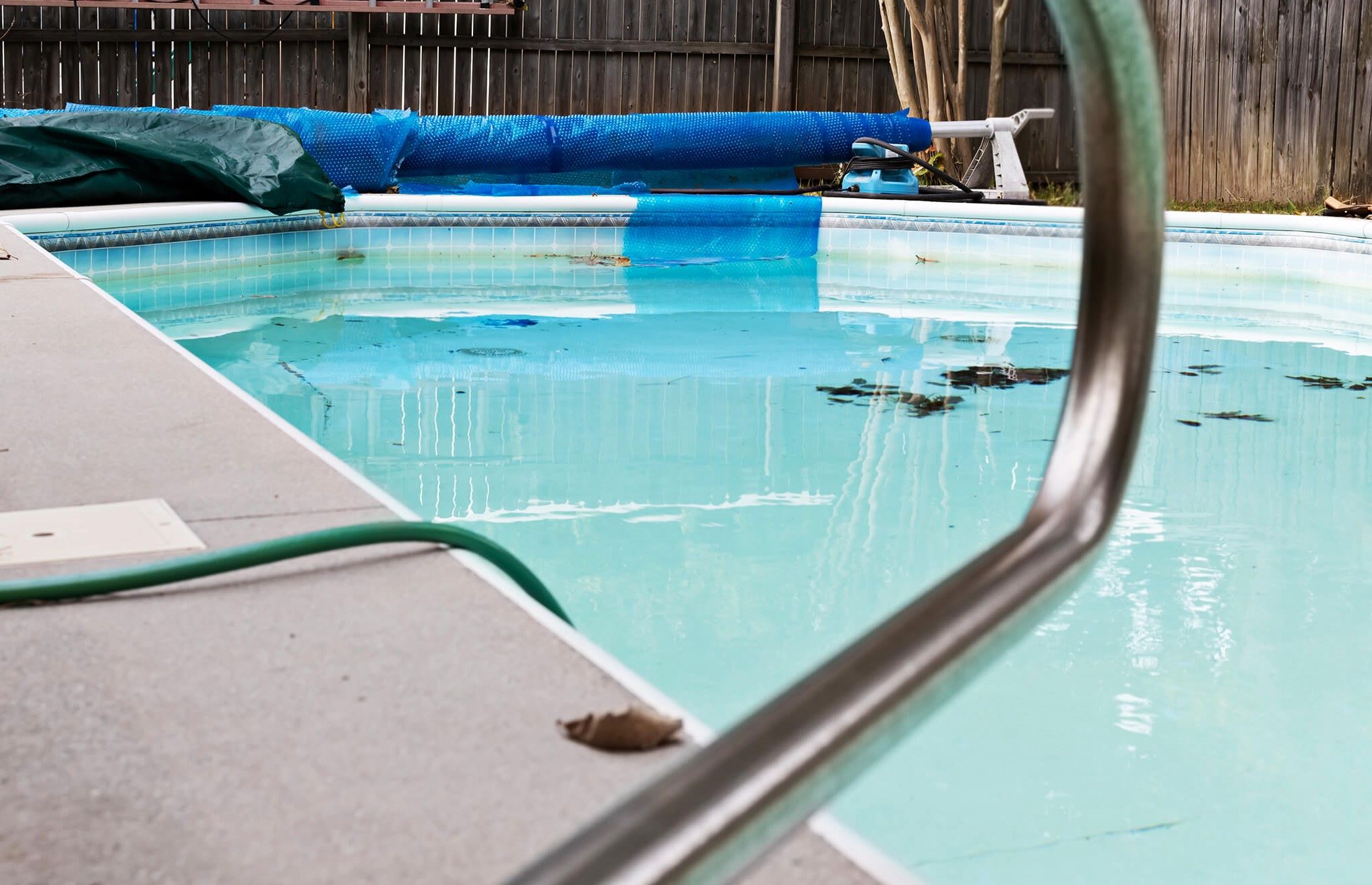

Outdoor Recreation & Activities
How To Get Rid Of Phosphates In A Swimming Pool
Published: February 18, 2024
Learn effective methods for removing phosphates from your swimming pool and maintaining a pristine outdoor recreation environment. Explore expert tips and products for a phosphate-free pool.
(Many of the links in this article redirect to a specific reviewed product. Your purchase of these products through affiliate links helps to generate commission for Storables.com, at no extra cost. Learn more)
Introduction
Maintaining a sparkling, inviting swimming pool is a source of pride for many homeowners and a refreshing oasis for family and friends. However, the presence of phosphates in pool water can lead to cloudy, dull water and create an environment conducive to algae growth. Understanding how to effectively manage and eliminate phosphates is crucial for preserving the clarity and cleanliness of your pool.
In this comprehensive guide, we will delve into the various aspects of dealing with phosphates in swimming pools. From understanding the role of phosphates in pool water to testing for their presence, removing them, and implementing preventive measures, we will equip you with the knowledge and strategies needed to combat this common pool water issue.
Phosphates, often introduced into pool water through sources like fertilizers, decaying organic matter, and rainwater, can serve as a nutrient for algae, contributing to persistent algae blooms. By addressing the presence of phosphates in your pool water, you can effectively thwart the potential for algae proliferation and maintain a pristine, inviting swimming environment for all to enjoy.
Join us as we explore the intricacies of managing phosphates in swimming pools, empowering you to take proactive steps in ensuring your pool remains a source of relaxation and enjoyment, free from the nuisance of phosphate-related water issues.
Key Takeaways:
- Keep your pool sparkling by testing for and removing phosphates regularly. Prevent algae growth and maintain a pristine swimming environment with proactive measures and targeted strategies.
- Understanding the role of phosphates in pool water is crucial for effective pool maintenance. By gaining insight into the relationship between phosphates and algae, pool owners can implement targeted strategies to combat phosphate buildup and minimize the risk of algae proliferation.
Understanding Phosphates in Swimming Pools
Phosphates are a common culprit behind the cloudy, lackluster appearance of pool water. These compounds, derived from various sources such as fertilizers, plant debris, and even rainwater, can infiltrate pool water through a range of means. Once introduced, phosphates act as a nutrient for algae, fueling their growth and potentially leading to persistent algae blooms.
In the context of swimming pools, phosphates are essentially food for algae. When present in sufficient quantities, they can provide the necessary sustenance for algae to thrive, leading to the unsightly greenish tint that plagues many pool owners. This phenomenon is particularly prevalent in warmer climates or during periods of extended sunlight, as these conditions create an ideal environment for algae to flourish.
Understanding the role of phosphates in pool water is crucial for effective pool maintenance. By recognizing that phosphates serve as a catalyst for algae growth, pool owners can take proactive measures to mitigate their impact. This awareness empowers pool owners to address phosphate-related issues promptly, preventing the onset of algae blooms and maintaining the visual appeal and cleanliness of the pool water.
In essence, comprehending the implications of phosphates in swimming pools underscores the significance of actively managing their presence. By gaining insight into the relationship between phosphates and algae, pool owners can implement targeted strategies to combat phosphate buildup and minimize the risk of algae proliferation. This understanding forms the foundation for the subsequent steps in testing for, removing, and preventing phosphates in pool water, all of which are essential components of effective pool maintenance.
Testing for Phosphates
Accurate testing is a fundamental aspect of managing phosphates in swimming pools. By conducting regular tests to determine the phosphate levels in pool water, pool owners can gain valuable insights into the extent of phosphate buildup and make informed decisions regarding treatment and preventive measures.
There are various testing methods available to assess phosphate levels in pool water, with test kits being the most commonly utilized. These kits typically include test strips or liquid reagents designed to detect the presence of phosphates. When using test strips, a small sample of pool water is collected and applied to the strip, which undergoes a color change based on the phosphate concentration. Alternatively, liquid reagents are added to the water sample, producing a color change that corresponds to the phosphate levels.
Pool owners can also opt for professional water testing services offered by pool supply stores or maintenance professionals. These services often provide comprehensive analysis, including phosphate levels, and offer valuable recommendations for addressing any imbalances detected.
It is important to note that testing for phosphates should be conducted regularly, especially following heavy rainfall, the use of phosphate-containing products, or the introduction of new water into the pool. By monitoring phosphate levels consistently, pool owners can detect fluctuations and take timely corrective actions to prevent potential issues such as algae outbreaks.
In summary, testing for phosphates in swimming pools is a critical component of effective pool maintenance. By utilizing reliable testing methods and conducting regular assessments, pool owners can proactively manage phosphate levels, thereby minimizing the risk of algae proliferation and maintaining the pristine condition of their pool water. This proactive approach to testing empowers pool owners to make informed decisions regarding phosphate removal and prevention, ultimately contributing to the long-term clarity and cleanliness of their swimming pool.
Removing Phosphates from the Pool Water
Addressing the presence of phosphates in pool water is essential for maintaining water clarity and preventing algae growth. When it comes to removing phosphates from the pool water, several effective methods can be employed to mitigate their impact and restore the water to its pristine state.
1. Phosphate Remover Products
Specialized phosphate remover products are available in the market, designed to bind with phosphates present in the water and facilitate their removal through filtration. These products typically contain lanthanum, a rare earth element that effectively binds with phosphates, allowing them to be filtered out of the pool water. When using phosphate remover products, it is important to follow the manufacturer's instructions regarding dosage and application to ensure optimal results.
2. Enhanced Filtration
Implementing enhanced filtration techniques can aid in the removal of phosphates from pool water. This can involve running the pool's filtration system for extended periods, utilizing fine filter media, or employing additional filtration equipment such as cartridge filters or diatomaceous earth (DE) filters. By optimizing the filtration process, pool owners can effectively capture and remove phosphate particles, contributing to a reduction in phosphate levels within the pool water.
3. Water Replacement
Partial or complete water replacement is another strategy for reducing phosphate levels in the pool. Draining a portion of the pool water and refilling it with fresh water can dilute the concentration of phosphates, effectively lowering their overall presence. However, it is important to consider the source of the fresh water, ensuring that it is free from phosphates to prevent reintroduction of the compounds into the pool.
4. Regular Backwashing
For pools equipped with sand filters, regular backwashing can aid in the removal of accumulated debris, including phosphate particles, from the filter media. By adhering to a consistent backwashing schedule as recommended by the manufacturer, pool owners can prevent the buildup of phosphates within the filter, thereby enhancing its filtration efficiency and contributing to phosphate removal.
5. Algae Prevention
Effectively managing and preventing algae growth in the pool can indirectly contribute to phosphate removal. By implementing proactive measures such as maintaining proper water chemistry, utilizing algaecides, and practicing diligent pool maintenance, pool owners can minimize the potential for algae blooms, thereby reducing the demand for phosphates as an algae nutrient.
Incorporating these phosphate removal strategies into regular pool maintenance routines can significantly contribute to maintaining optimal water quality and preventing phosphate-related issues. By employing a combination of targeted phosphate removal methods and proactive preventive measures, pool owners can effectively combat phosphate buildup, ensuring that their pool water remains clear, inviting, and free from the influence of phosphates.
Preventing Phosphate Buildup
Preventing phosphate buildup is a proactive approach that plays a pivotal role in maintaining the clarity and quality of pool water. By implementing preventive measures, pool owners can effectively minimize the introduction and accumulation of phosphates, thereby reducing the risk of algae proliferation and preserving the pristine condition of their swimming pool.
1. Source Control
Identifying and controlling potential sources of phosphate contamination is a fundamental step in preventing phosphate buildup. This can involve minimizing the use of phosphate-containing products such as certain fertilizers and detergents in the vicinity of the pool. Additionally, ensuring that landscaping practices and maintenance activities around the pool area are conducted in a manner that minimizes the introduction of organic debris and contaminants can significantly contribute to preventing phosphate influx.
2. Regular Maintenance
Adhering to a consistent and thorough pool maintenance regimen is essential for preventing phosphate buildup. This includes routine skimming to remove organic debris, brushing pool surfaces to prevent biofilm formation, and maintaining proper water chemistry to discourage algae growth. By diligently addressing these maintenance tasks, pool owners can mitigate the accumulation of organic matter and nutrients that could contribute to phosphate buildup.
3. Filtration Optimization
Optimizing the pool's filtration system is instrumental in preventing phosphate buildup. This can involve ensuring that the filtration equipment is well-maintained and functioning optimally, utilizing appropriate filter media, and adhering to a regular backwashing schedule. By maximizing the efficiency of the filtration system, pool owners can effectively capture and remove potential phosphate particles from the pool water, thereby reducing the likelihood of phosphate accumulation.
4. Phosphate-Free Products
Choosing phosphate-free pool care products, including algaecides, clarifiers, and other water treatment solutions, can contribute to preventing phosphate buildup. By opting for phosphate-free alternatives, pool owners can minimize the introduction of additional phosphates into the pool water, thereby maintaining a balanced and nutrient-controlled aquatic environment.
5. Regular Water Testing
Consistent monitoring of phosphate levels through regular water testing is essential for proactive phosphate buildup prevention. By staying informed about the phosphate concentration in the pool water, pool owners can detect any fluctuations and take timely corrective actions to prevent potential issues. This proactive approach empowers pool owners to address phosphate imbalances before they escalate, contributing to sustained water clarity and quality.
By integrating these preventive measures into their pool maintenance practices, pool owners can effectively mitigate the risk of phosphate buildup, thereby safeguarding the visual appeal and cleanliness of their pool water. This proactive approach not only minimizes the potential for algae proliferation but also contributes to a more enjoyable and hassle-free pool ownership experience.
Conclusion
In conclusion, effectively managing phosphates in swimming pools is paramount to preserving the clarity, cleanliness, and overall appeal of the pool water. By gaining a comprehensive understanding of the role of phosphates, conducting regular testing, implementing targeted phosphate removal strategies, and integrating proactive preventive measures, pool owners can proactively combat phosphate buildup and minimize the risk of algae proliferation.
The presence of phosphates in pool water serves as a catalyst for algae growth, potentially leading to persistent algae blooms and detracting from the visual appeal of the pool. Understanding the implications of phosphates underscores the importance of actively managing their presence to prevent potential water quality issues.
Regular testing for phosphate levels is a fundamental aspect of effective pool maintenance. By utilizing reliable testing methods and conducting consistent assessments, pool owners can gain valuable insights into phosphate concentrations, enabling them to make informed decisions regarding treatment and preventive measures.
When it comes to removing phosphates from pool water, a combination of specialized phosphate remover products, enhanced filtration, water replacement, regular backwashing, and proactive algae prevention can effectively mitigate their impact and restore the water to its pristine state. These targeted strategies empower pool owners to address phosphate buildup and maintain optimal water quality.
Preventing phosphate buildup through source control, regular maintenance, filtration optimization, the use of phosphate-free products, and regular water testing is a proactive approach that significantly contributes to sustaining water clarity and quality. By integrating these preventive measures into their pool maintenance practices, pool owners can effectively mitigate the risk of phosphate accumulation and preserve the visual appeal and cleanliness of their pool water.
In essence, by embracing a holistic approach to managing phosphates in swimming pools, pool owners can ensure that their pool water remains a source of relaxation and enjoyment, free from the influence of phosphates and the potential for algae-related issues. This proactive stance not only enhances the overall pool ownership experience but also contributes to the long-term preservation of the pool's inviting and pristine aquatic environment.
Frequently Asked Questions about How To Get Rid Of Phosphates In A Swimming Pool
Was this page helpful?
At Storables.com, we guarantee accurate and reliable information. Our content, validated by Expert Board Contributors, is crafted following stringent Editorial Policies. We're committed to providing you with well-researched, expert-backed insights for all your informational needs.
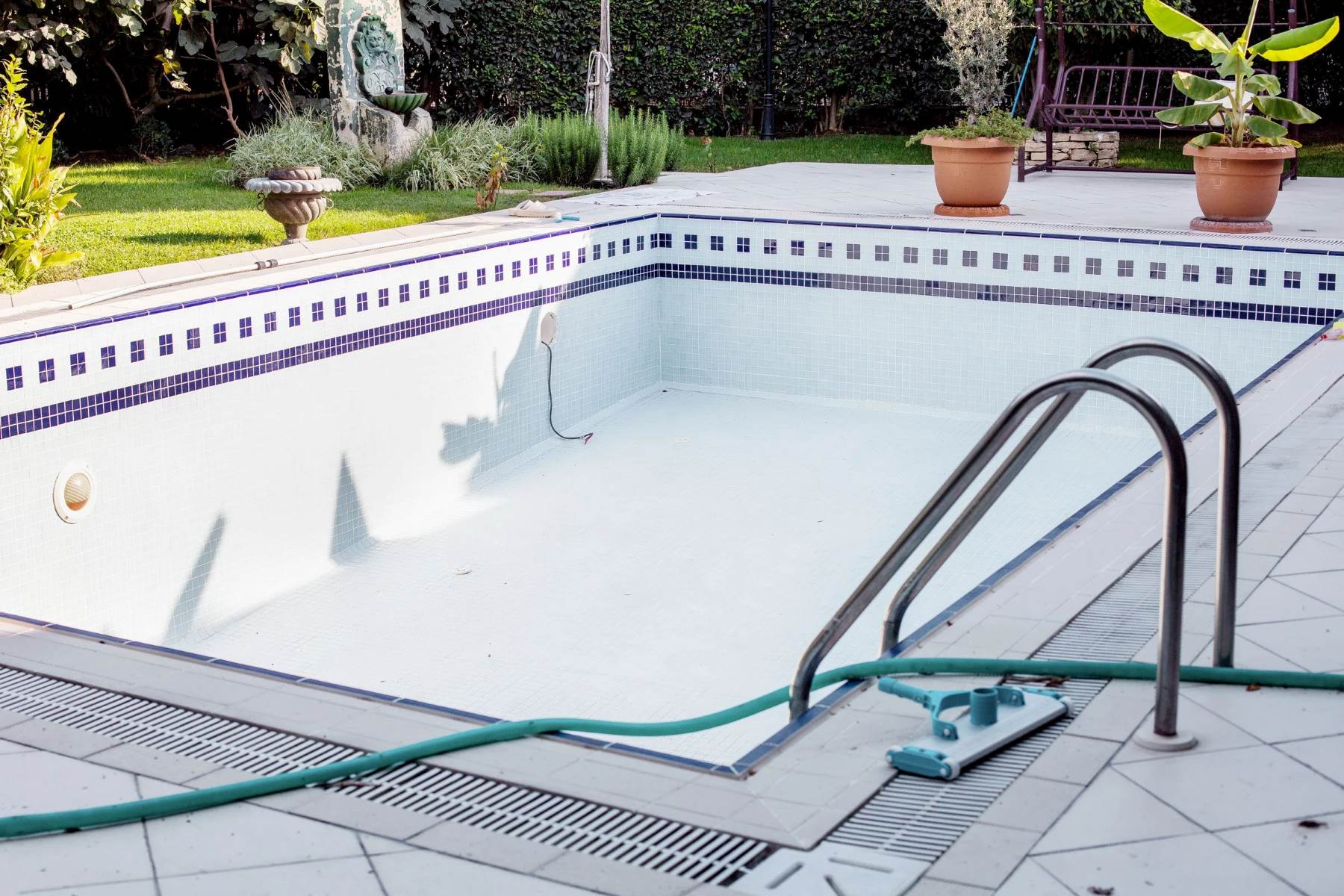

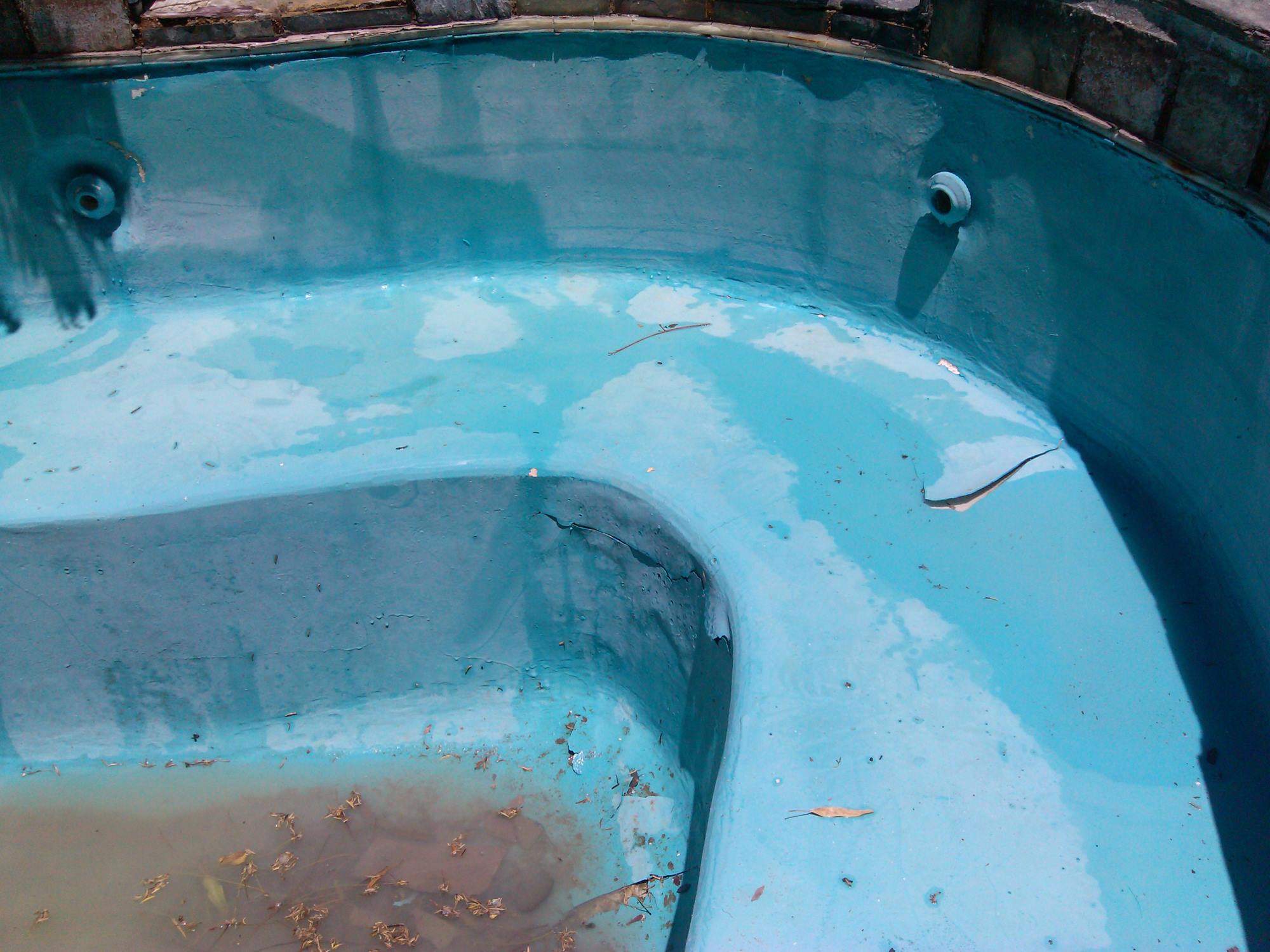



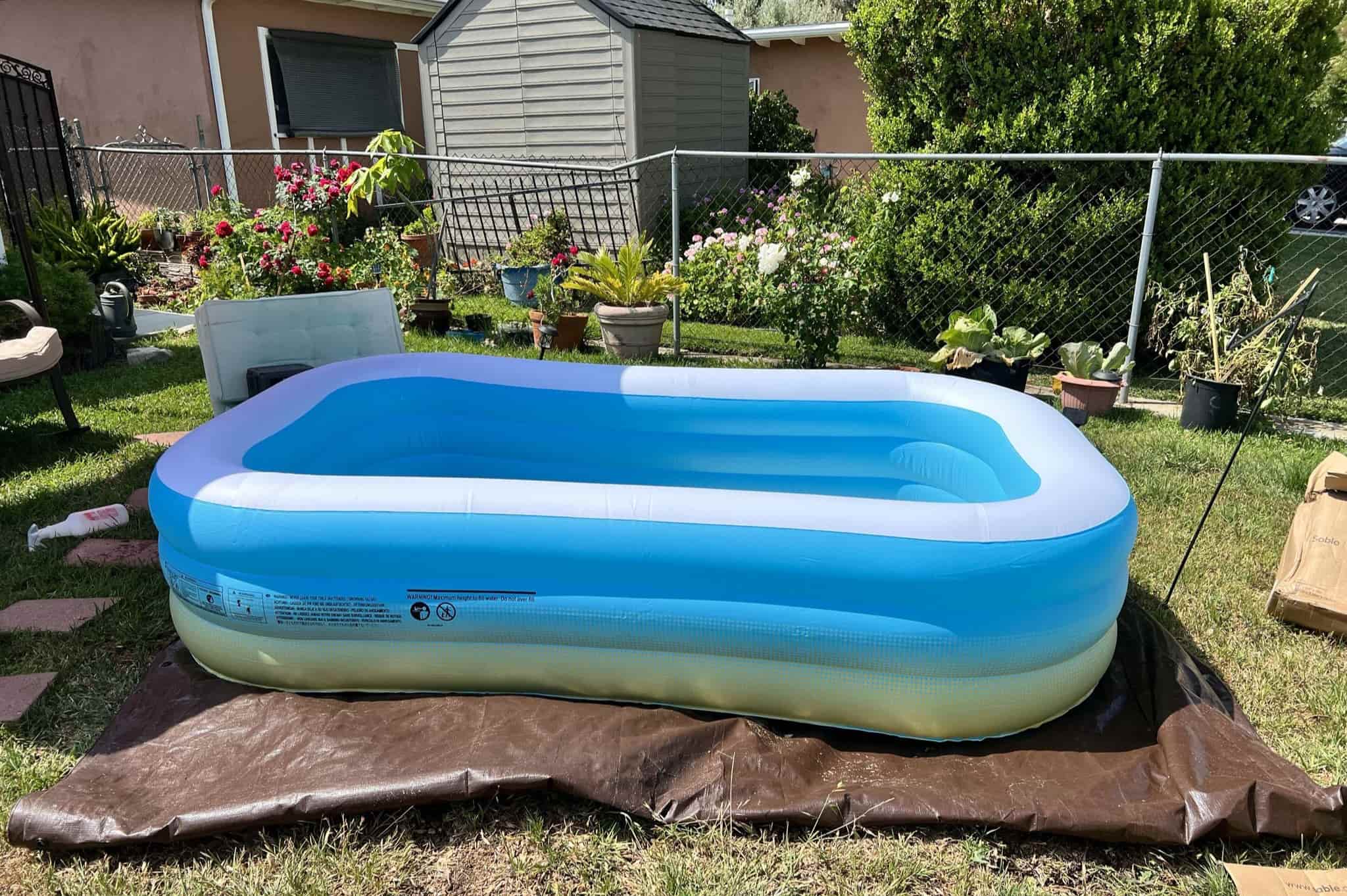

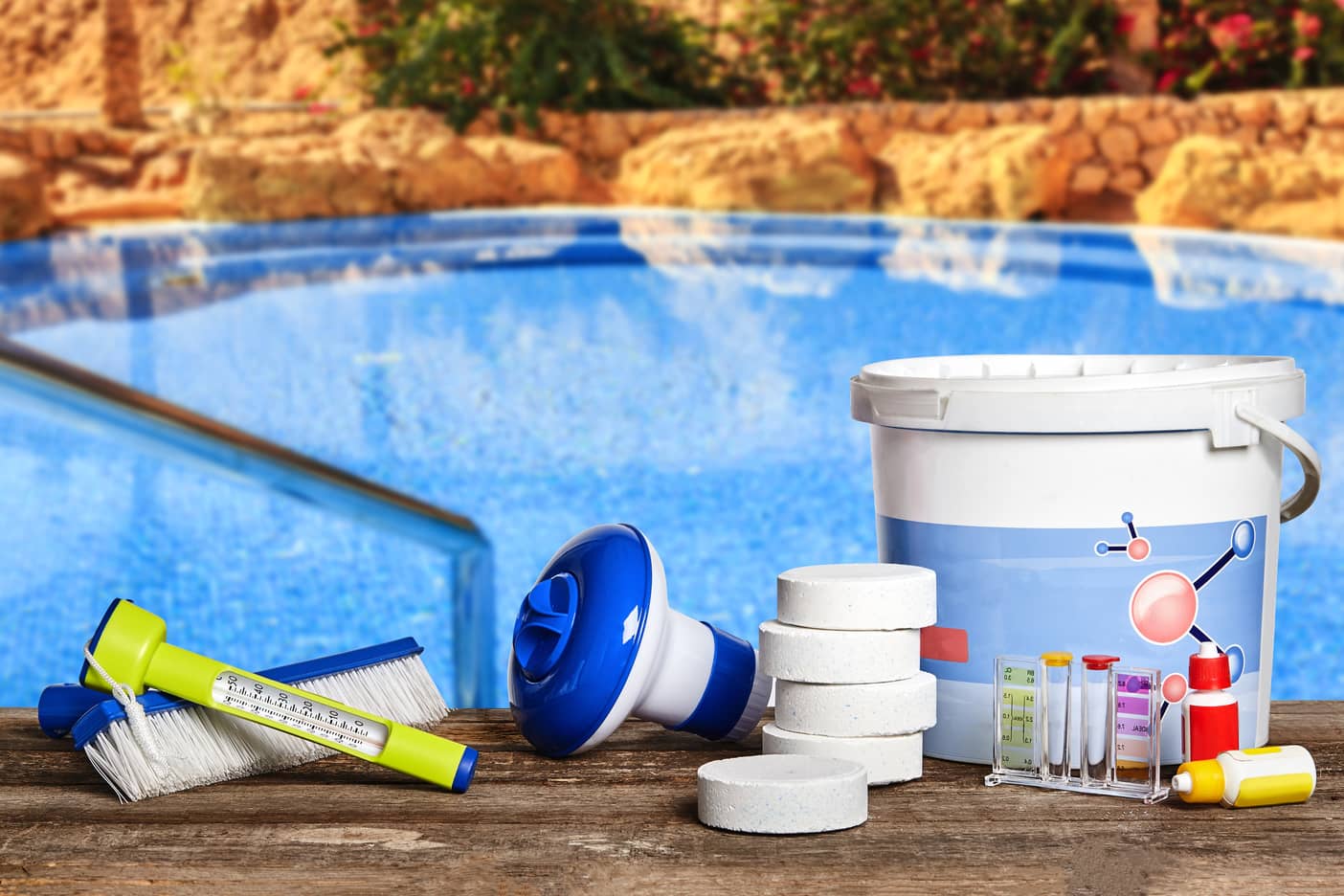




0 thoughts on “How To Get Rid Of Phosphates In A Swimming Pool”